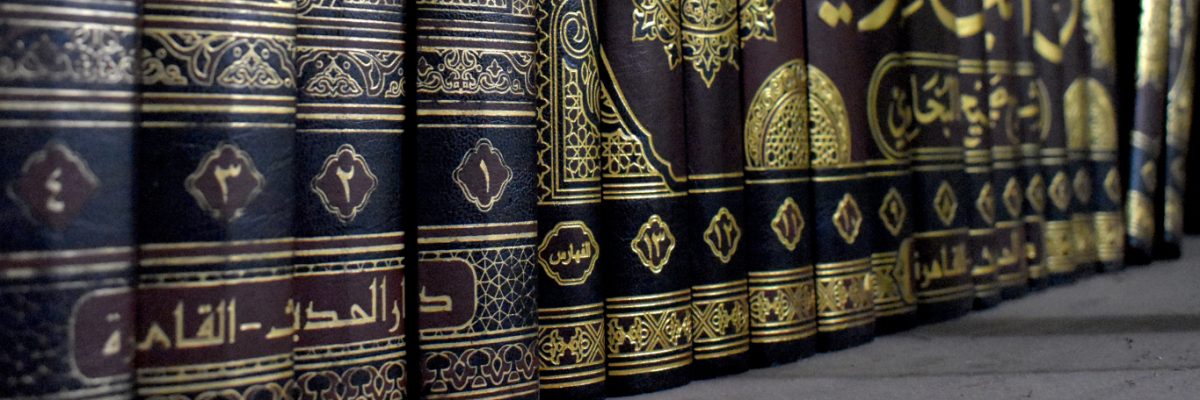Fatwa ID: 02695
Answered by: Maulana Tahsin Alam
Question:
Assalamualaikum
I have a question regarding menstruation and Istihāda in the case when a woman bleeds, then exceeds the max of 10 days (as per the Hanafi school). I have found the contemporary Hanafi Fuqahā apply two methods.
Method A:
1.When bleeding occurs without the min of 15 days tuhr in between it is considered istihada, up and till the 15 days min is complete, after which any bleeding is considered haidh.
E.g. a woman bled from the 29th to the 31st of May 2017 then stopped. Blood returned again on the 8th June 2017. This would be istihada until the 15th June, after which the bleeding would be considered haidh since the min of 15 days tuhr has occurred.
2. When bleeding exceeds the max of 10 days, the woman refers back to her last month's habit. E.g. last month she bled for 8 days. This month she bled for 11 days so as soon as she goes over the10 day max, she refers back to last month in which case 8 days will be haidh and 3 days istihaada.
So this method applies only
the haidh habit. As for the tuhr, a fixed number of 15 days is applied.
Method B: Imam Birgive's Method
However, there is a Hanafi Fiqh book by Imam Birgivi (translated into English by Sr. Hedaya Hartford and Ashraf Muneeb) which shows a different method of calculation.
While maintaining the haidh habit, they also maintain the tuhr habit. So when bleeding exceeds the max of ten, or bleeding occurs without there being a min of 15 days tuhr, BOTH the haidh habit and the Tuhr habit is applied.
E.g. in the above example (refer to no. 1 above), say a woman has a 3day haidh habit and 20 day tuhr habit. When blood returned on 8th June, it would be considered Istihada [Both methods agree on this].
However instead of saying that the blood after 15th of June is automatically haidh, they will apply the tuhr habit of 20th days, and say any blood AFTER the 20th June will be haidh. The blood from the 15th to the 20th even though has occurred after the min of 15 days tuhr, is still istihada since it is before her tuhr habit.
This method applies both the haidh and the tuhr habit.
Different Method = Different Results
So as you can see applying the straight forward rule of "anything after 15 days tuhr is
haidh" which method one applies gives a different result in terms of which days are haidh and which are istihada from the method of Imam Birgivi which says to apply the tuhr habit in such cases.
2) Is there
1) which method is correct?
Questions-ikhtilaf within the Hanafi School on this? The translation of that Risalah (Birigive's Manual Interpreted) calls the first method "incorrect". (Method A seems easier from fatwa point of view whereas Method B is more difficult)
3) Are there any sources which back up both methods?
بِسْمِ اللهِ الرَّحْمنِ الرَّحِيْم
In the name of Allah, the Most Gracious, the Most Merciful.
Answer:
For the sake of brevity and ease, we will mention the preferred view.
– Haid (menstruation) is of three days minimum and 10 days maximum.
– Tuhr (purity period) is of 15 days minimum with no maximum.
A woman who experiences bleeding for a duration, less or more than the stipulated period above, is considered to be in Istihada.
She is generally from among two types:-
1. Mubtadi’ah (one with an irregular occurrence): A woman who has completed 10 days haidh but whose blood has not stopped. She will be considered to be ma’dhoor (excused) and will make wudu for every salah during the irregular bleeding.
2. Mu’tadah (one with a habitual occurrence): A woman who has a fixed menstrual cycle every month. She will be considered to be ma’dhoor (excused) after her regular menstrual cycle and will make wudu for every salah during the irregular bleeding.[1]
And Allah SWT alone knows best.
Answered by Maulana Tahsin Alam
Checked and approved by Mufti Mohammed Tosir Miah
Darul Ifta Birmingham

